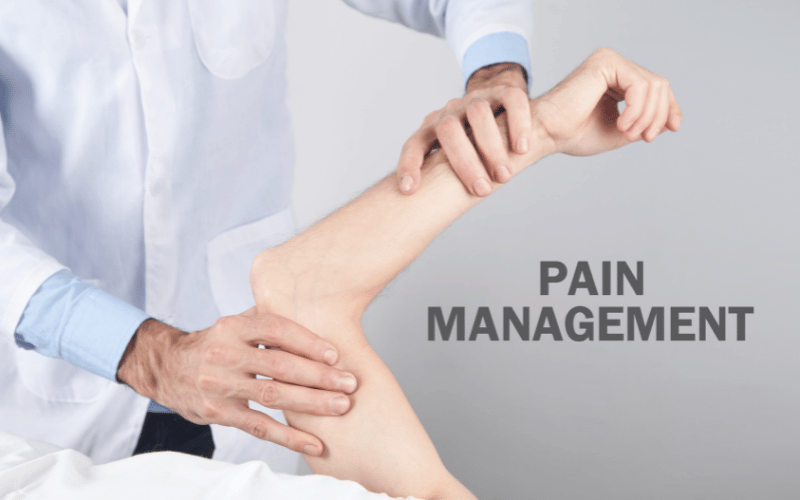4. Pain Management: Decoding EDS’s Persistent Adversary

Ehlers-Danlos syndromes bring with them an unwanted companion—chronic pain. In fact, pain management stands out as a critical area of focus for those grappling with EDS. Now, what’s surprising is that the intensity of pain isn’t necessarily linked to the severity of the joint hypermobility or skin elasticity. So, let’s dive deep into the realm of pain and EDS.
The sources of pain in EDS can be multifaceted. From joint subluxations to gastrointestinal complications, the pain’s origins might be diverse. Musculoskeletal pain due to frequent joint dislocations can be debilitating. Yet, many EDS patients also report neuropathic pain, which feels like a burning or tingling sensation. These are often triggered by pressure on sensitive nerves.
Now, managing this relentless pain requires a holistic approach. Pharmacological interventions are commonly used. These might include painkillers, muscle relaxants, and sometimes even opioids. However, long-term reliance on such medications isn’t ideal due to potential side effects. Enter the world of alternative therapies. Acupuncture, hydrotherapy, and even certain types of massages can provide relief, acting as supplementary treatments.
Physical therapy holds immense potential for EDS individuals. Tailored exercises can strengthen muscles, which in turn, offer better joint support. Additionally, such therapies can teach individuals to recognize their body’s limits, preventing injuries. The emphasis is on building endurance rather than flexibility, given the already hypermobile nature of EDS joints. (4)